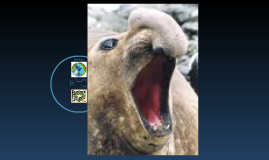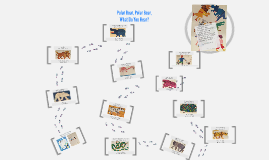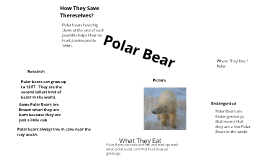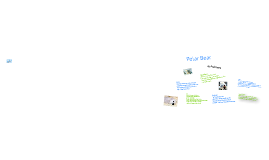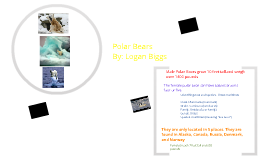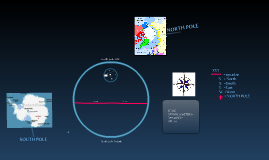Polar Bear, Polar Bear,
Transcript: I hear a boa constrictor hissing in my ear. I hear a zookeeper whistling in my ear. I hear an elephant trumpeting in my ear. I hear a walrus bellowing in my ear. Hippopotamus, Hippopotamus, what do you hear? I hear a flamingo fluting in my ear. Elephant, Elephant, what do you hear? Zebra, Zebra, what do you hear? Boa Constrictor, Boa Constrictor, what do you hear? I hear a peacock yelping in my ear. Lion, Lion, what do you hear? Peacock, Peacock, what do you hear? I hear a zebra braying in my ear. ... growling like a polar bear, roaring like a lion, snorting like hippopotamus, fluting like a flamingo, braying like a zebra, hissing like a boa constrictor, trumpeting like an elephant, snarling like a leopard, bellowing like a walrus . . . that's what i hear. I hear a hippopotamus snorting in my ear. Leopard, Leopard, what do you hear? Zookeeper, Zookeeper, what do you hear? Polar Bear, Polar Bear, What Do You Hear? . Polar Bear, Polar Bear, What Do You Hear? I hear children... I hear a leopard snarling in my ear. I hear a lion roaring in my ear. Flamingo, Flamingo, what do you hear? Polar Bear, Polar Bear, what do you hear? Walrus, Walrus, what do you hear?






